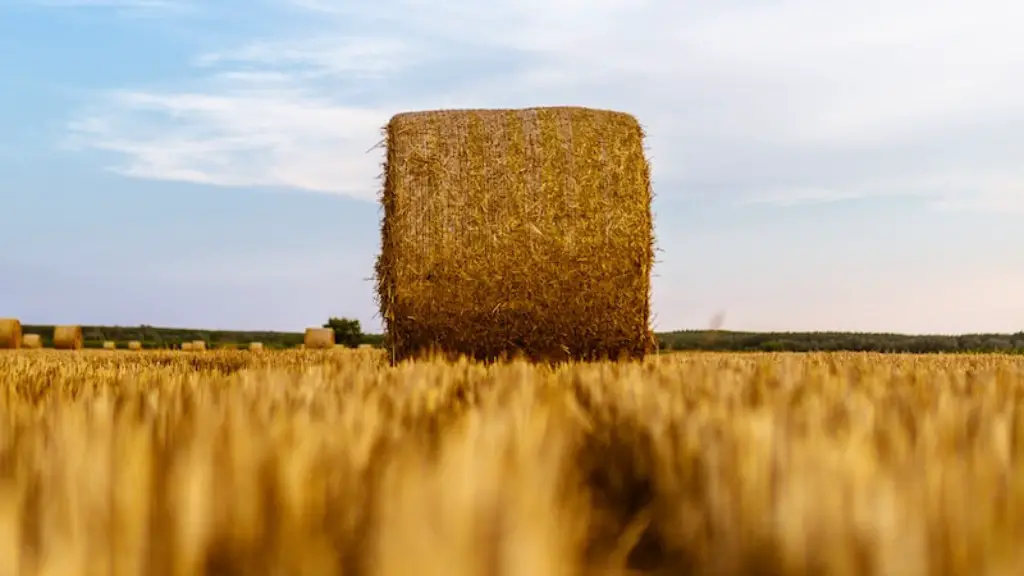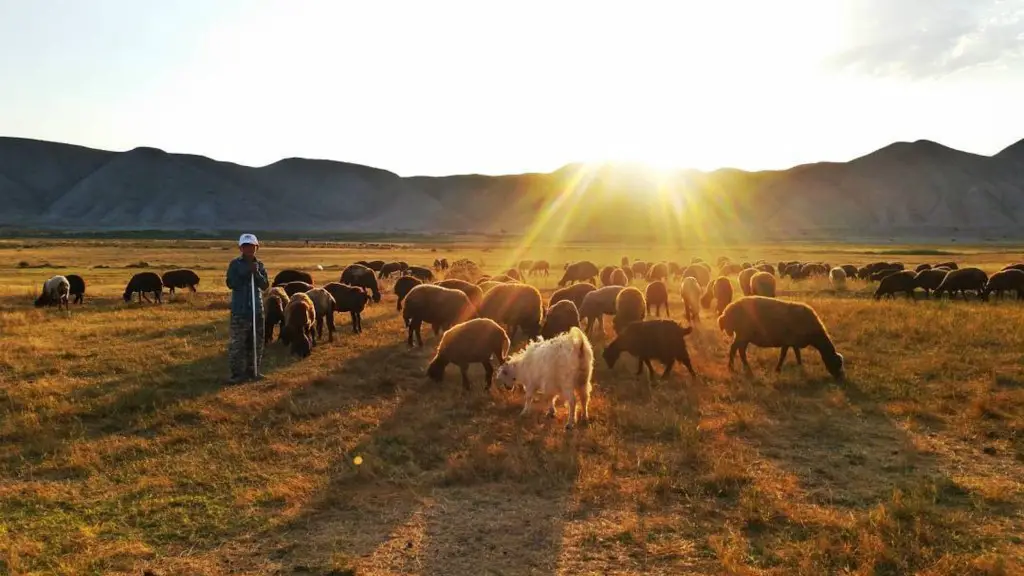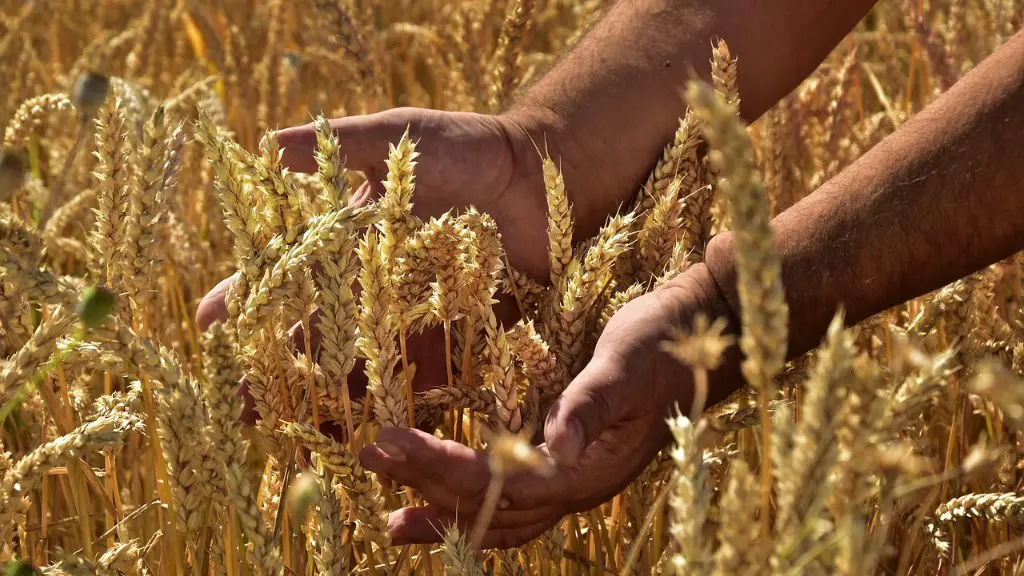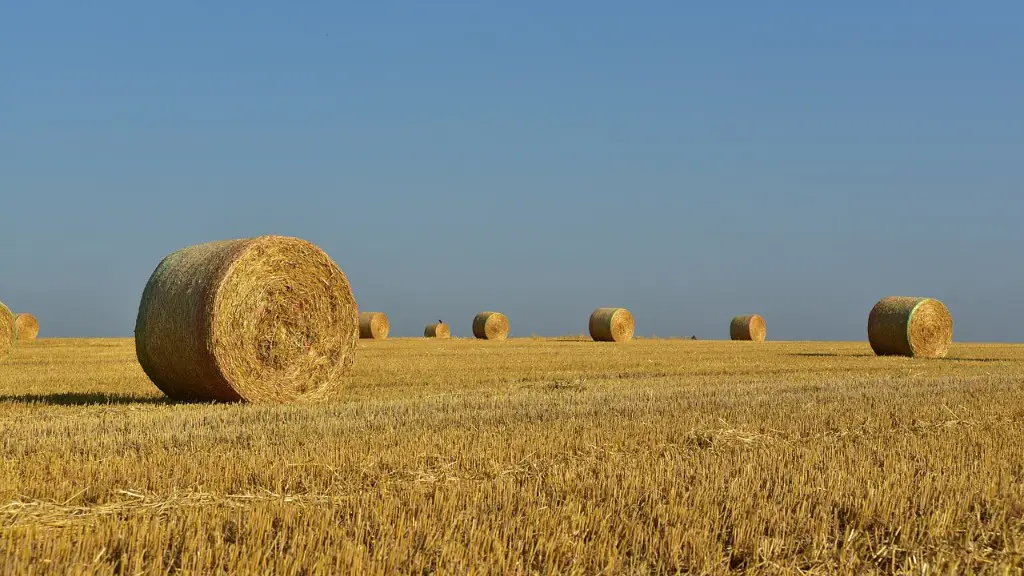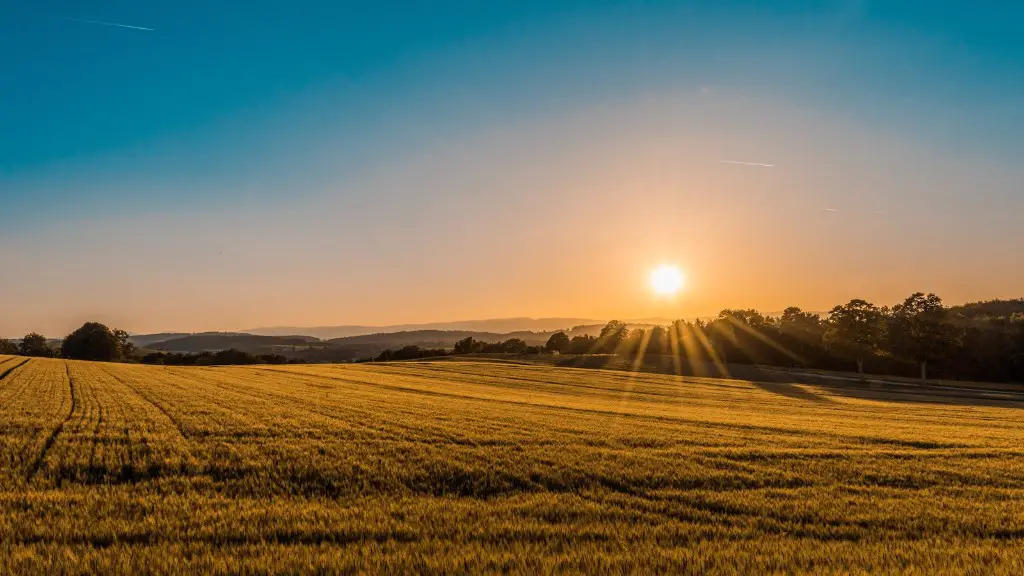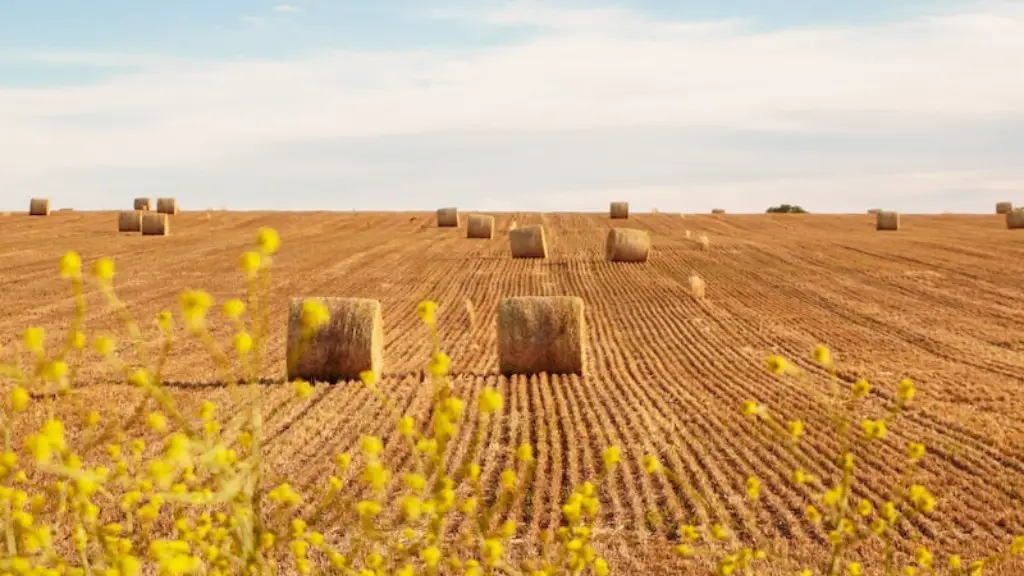Agriculture in developing countries is characterized by low levels of productivity, mainly due to land fragmentation, low use of inputs, and limited application of technology. In addition, farmers in developing countries face numerous constraints, such as lack of credit, poor infrastructure, and lack of access to markets.
The type of agriculture that is most characteristic of developing countries is subsistence agriculture. This is a type of agriculture where farmers grow enough food to feed themselves and their families, but they do not produce surplus crops to sell. Often, subsistence farmers use primitive methods of farming and do not have access to modern technology or inputs. As a result, they tend to have very low productivity and their incomes are very low.
Which type of agriculture is found primarily in developing countries?
In developed countries, commercial agriculture is more common. This is the production of food for sale, rather than for consumption by the farmer’s family. There are a number of key differences between subsistence and commercial agriculture.
Subsistence agriculture is typically less efficient than commercial agriculture. This is because subsistence farmers often lack the resources and knowledge to use modern farming techniques. As a result, they produce less food per unit of land.
Commercial agriculture is typically more capital-intensive than subsistence agriculture. This means that commercial farmers need to invest more money in things like machinery and irrigation systems.
Subsistence agriculture is often more labor-intensive than commercial agriculture. This is because subsistence farmers often have to do everything by hand, from planting to harvesting.
Commercial agriculture is typically more environmentally sustainable than subsistence agriculture. This is because commercial farmers can afford to invest in things like soil conservation and water management.
In general, subsistence agriculture is more common in developing countries and commercial agriculture is more common in developed countries. However, there are exceptions to this rule. For example, in the United States, there are many small-scale farmers who produce food primarily for their own families.
Subsistence agriculture is a type of farming in which farmers grow crops and raise livestock primarily for self-consumption rather than for sale. This type of agriculture is typically found in developing countries where farmers rely on hand tools and animal power rather than machinery. A subsistence farm is generally much smaller than a commercial farm.
The growth in the agriculture sector is two to four times more effective in raising incomes among the poorest compared to other sectors. Agriculture is also crucial to economic growth: accounting for 4% of global gross domestic product (GDP) and in some least developing countries, it can account for more than 25% of GDP.
The sector provides a livelihood for the majority of the world’s poorest people – many of whom are small-scale farmers – and it is an important source of food, nutrition and security for all.
However, the sector faces many challenges, including climate change, water scarcity, soil degradation, pests and diseases, and dwindling agricultural biodiversity. These challenges are compounded by the fact that the world’s population is projected to reach 9.7 billion by 2050, and by the fact that the demand for food is expected to increase by 70% by then.
In order to meet the challenges of the future, it is essential that we invest in the agriculture sector. This means supporting small-scale farmers, investing in research and development, and increasing access to markets and financial services. It also means building the resilience of the sector to climate change, by supporting farmers to adapt to a changing climate and by investing in climate-smart
Industrial agriculture is the dominant food production system in the United States. It is characterized by large-scale monoculture, heavy use of chemical fertilizers and pesticides, and meat production in CAFOs (confined animal feeding operations).
While industrial agriculture has been successful in producing large quantities of food, it has also been associated with a number of negative environmental and health impacts. These include water pollution, soil erosion, and the overuse of antibiotics in livestock.
As the population continues to grow and the demand for food increases, it is important to consider more sustainable and environmentally friendly methods of food production.
What are the three main systems of agriculture in the developing world?
Agriculture in the developing world is often subsistence farming, which is done to meet the needs of the farmer and their family. This type of agriculture is typically less productive and efficient than commercial agriculture, as the farmer is not able to invest in expensive machinery or inputs. In many cases, the land is also not as well suited for agriculture, as it may be too dry or too mountainous.
Agriculture plays a critical role in the development of countries, both economically and in terms of its potential to improve people’s lives. People who work in agriculture in developing countries typically do so as independent small-scale farmers or pastoralists who depend on the food they can produce on their own. This makes agriculture a critical sector in terms of both food security and economic development.
What is agriculture in more developed countries?
Most developed countries have agricultural economies that are based on commercialization. This means that farmers are producing crops for sale in the market, and are therefore dependent on the buying and selling of goods. In other words, farmers in MDCs are not just growing crops for their own use, but also for the purpose of making money.
In developed regions, mixed crop and livestock is the most common form of agriculture. Dairy, commercial gardening, grain, Mediterranean, and livestock ranching are also important.
Which of the following is most likely to be a characteristic of a developing country
Low per capita real income is one of the most defining characteristics of developing economies. They suffer from low per capita real income levels, which results in low savings and low investments. This means that the average person doesn’t earn enough money to invest or save money, and instead has to spend whatever they make.
This cycle of low incomes and low savings leads to slow economic growth and further exacerbates poverty and inequality. In order to break out of this cycle, developing economies need to find ways to increase per capita real incomes. This can be done through policies that encourage economic growth or that directly increase incomes.
There are various characteristics found in developing countries namely Low per capita income, High population and high rate of Unemployment. The amount of money or remuneration received by an individual in a developing country is low and thus the standard of living is also low. High population means more competition for jobs and resources and a greater likelihood of poverty and political instability. High rates of unemployment can lead to increased crime rates.
Which of the following agriculture type is developed in densely populated countries?
Intensive subsistence agriculture is practised in densely populated regions of the world. The requirement of food per unit land area is more in densely populated regions. The land is extremely densely populated and the soil is not very fertile. In order to increase the yield, the farmers have to use a lot of chemical fertilizers and pesticides. This has resulted in a decline in the quality of the soil and the water table.
Agriculture is a critical driver of well-being for centuries, ensuring food security and catalyzing productivity needed for economic prosperity (Robin, 2011). It is estimated that smallholder farmers produce more than 80% of the food consumed in sub-Saharan Africa (SSA) (Bruinsma, 2003). In addition, the sector employs about 65% of the labor force in the region (IFPRI, 2009).
The importance of agriculture to economic growth and poverty reduction has been widely recognized (Chambers, Conning, & Garg, 2007; Poulton,Place, & O’connell, 2002; World Bank, 2008). For instance, the World Bank (2008) estimates that a 1% increase in agricultural productivity in SSA could lead to a 0.5% reduction in poverty. In spite of its importance, the sector has been largely neglected in the past, receiving only about 4% of total investments in the region (Chambers et al., 2007).
The role of government in the agricultural sector has been evolving over time. In the past, the focus was on increasing production through large-scale irrigation and agricultural research and extension services. However, this approach did not always lead to the desired outcomes and in
What is the role of agriculture in developing economy
Agricultural economics plays a role in the economics of development, for a continuous level of farm surplus is one of the wellsprings of technological and commercial growth. In general, one can say that when a large fraction of a country’s population depends on agriculture for its livelihood, average incomes are low.
However, there are a number of factors that can lead to higher incomes in the agricultural sector. One is when farmers are able to produce crops or livestock that are in high demand, either domestically or abroad. Another is when farmers are able to take advantage of economies of scale and produce larger quantities of crops or livestock at a lower cost per unit.
In general, agricultural economics plays a role in the development of a country by providing a source of surplus that can be used for investment in other sectors of the economy.
In developing countries, a lack of education and skills training, poor infrastructure, and limited access to healthcare and sanitation facilities often result in low production rates and difficult labour market conditions. This is compounded by lower costs of living, which make it hard for people to improve their situation.
What is the main characteristics of commercial agriculture?
The basic characteristic of commercial agriculture is that high doses of modern inputs are used for higher productivity. This includes using high yielding varieties of crops, as well as heavy use of fertilizers, insecticides, and pesticides. This approach is often necessary to achieve the yields that commercial farms strive for.
It is not surprising that the productivity of subsistence agriculture is low, given the limited capital resources and traditional methods used. However, it is important to note that subsistence agriculture is the main source of food and livelihood for many people in developing countries. Therefore, despite its low productivity, subsistence agriculture is critical to the food security and livelihoods of many people.
Conclusion
Subsistence agriculture is most characteristic of developing countries. This type of agriculture is primarily for self-consumption and does not generate surplus crops for sale.
It is important to note that developing countries are highly varied, and there is no single type of agriculture that is most characteristic. However, small-scale, subsistence agriculture is often prevalent in developing countries. This type of agriculture is typically less efficient and productive than commercial agriculture, and often relies on manual labor rather than mechanization. As a result, subsistence agriculture typically results in lower incomes for farmers and greater food insecurity.
